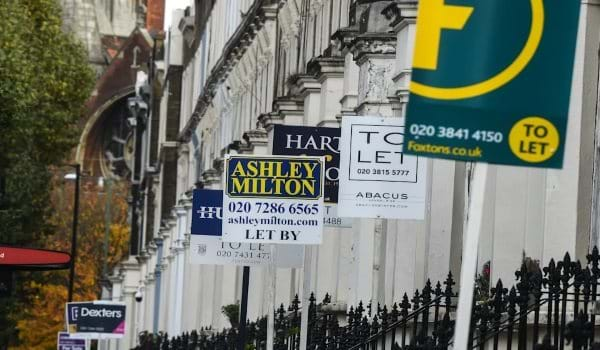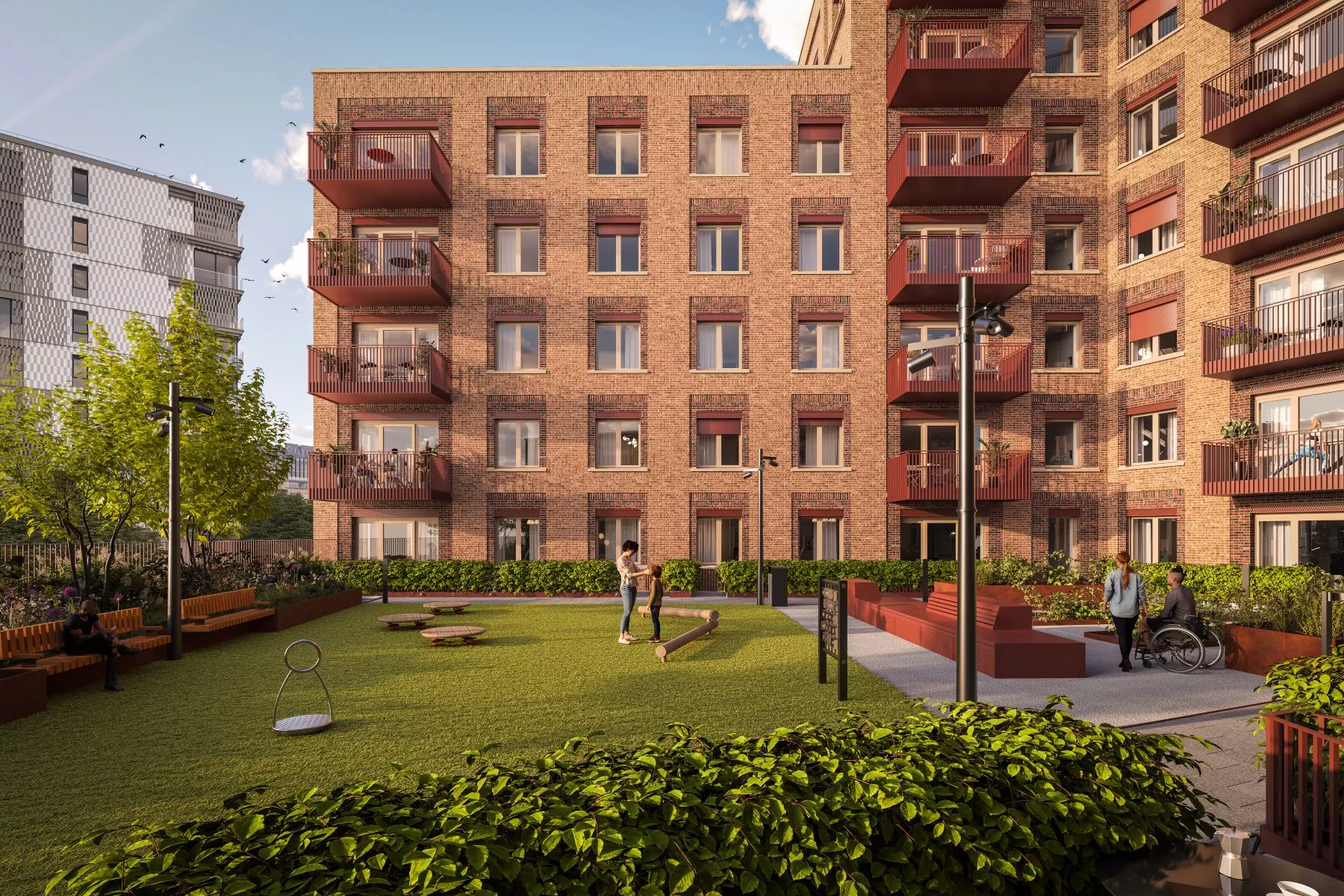More bad news for renters in London as rents hit a record new high. The average asking rent for properties both inside and outside of London has hit a new record high. This along with other cost of living pressures is forcing many renters to look for alternatives as they struggle to keep up with the spiralling cost.
How much is rent in London per month?
The eye-watering average rent for a place in London has surged to £2,567, according to data from Rightmove. For the second quarter of 2023, rent both inside the capital has increased. Since 2019, the asking rent in London has increased by a whopping £559 which is a 28% rise, and the picture is similar for those outside London who have been hit with a 33% increase in asking rent, increasing by £308 from £923 per month.
There is now not a single London postcode where the average monthly rent for a room is under £700 per month, with just two areas - Manor Park and Thamesmead - where the average rent per room is under £750 a month. To add further to the pressures on London renter, rents in shared houses in London have also rocketed by 19% in just one year. Last year, renters expected to pay an average of £814 a month for a room of their own.
The continued mismatch between demand from tenants and supply from landlords has fuelled the sharp increases in rents. Landlords have been hit with rising costs and significant increases in mortgage rates.
As with London, affordability of renting has been at its worst for a decade across the whole of the UK, with official Office for National Statistics (ONS) figures highlighting rents rising at their fastest annual rate since comparable records began in 2016. The average rent paid in England, according to the ONS, is £960, a figure that a renter in London would struggle to find any available places at that price.

There are alternatives to private renting in London, such as Shared Ownership.
Shared Ownership offers an alternative to renting in London
So what can a renter in London do? Well, one possible approach is to not rent privately and look to other ways into accommodation. There are affordable renting and buying schemes, that are often less expensive than private renting and offer a first step towards homeownership.
One of the most used affordable renting and buying schemes is Shared Ownership. This is a great option for those looking to move on from private rent and who want to take the next step into home ownership, but can’t quite afford to buy a home on the open market.
Shared ownership is a part-buy part-rent scheme that enables buyers to purchase a share of a property while renting the remainder on a subsidised basis. As rents are subsidised overall monthly costs can be lower than private rent, so this is a great intermediary between renting and buying helping buyers own a share of a home without paying an unrealistic price.
There are pros and cons to Shared Ownership, but it allows people to buy a share in a home in parts of London that are increasingly unaffordable to many. Shared Ownership homes are available across the capital, many in highly sought-after areas like Wandsworth and central locations within Zone 1 such as Oval.

Macfarlane Place is a stylish collection of 1 & 2 bedroom apartments available through London Living Rent and Shared Ownership
London Living Rent as an alternative to private renting
London Living Rent is a type of intermediate affordable housing for middle-income Londoners who want to build up savings to buy a home. This scheme is directed at first-time buyers struggling to afford to buy, Intermediate rent makes it possible to rent a home for up to 20% less than would be expected on the open market. The rent you could pay varies, as this is calculated based on where you live in London. In most boroughs, this will be significantly lower than the market-level rent, as it is capped at no more than 80% of a market rent figure. For example, the average monthly rent for a two-bedroom home with London Living Rent is £1,077 per month. This can make a huge difference when it comes to saving up your home deposit, and can even help to fund that London lifestyle!
Unlike Shared Ownerhsip, which only requires buyers to have a combined annual household income under £90,000 in London, not own a property or part of a property and be over 18 years old, London living rent scheme eligibility does have several general criteria you must meet:
- You must be at least 18 years old with a clean credit history
- Your annual household income must be less than £60,000
- A live/work connection in the local borough is often required
- Either have a formal tenancy (for example, in the private rented sector) or live in an informal arrangement with family or friends as a result of struggling with housing costs;
- Not own any other residential home; and
- Be unable to currently buy a home (including through shared ownership) in your local area.
More information on London Living Rent can be found on the Greater London Authority website, and for further information on Shared Ownership, Peabody New Homes have created a comprehensive guide to help you understand the scheme and the process for buying a Shared Ownership home. And you can search all Peabody Shared Ownership homes in the property search bar below.
Search our homes
Peabody New Homes have developments across London and the Home Counties, search to find your next move.